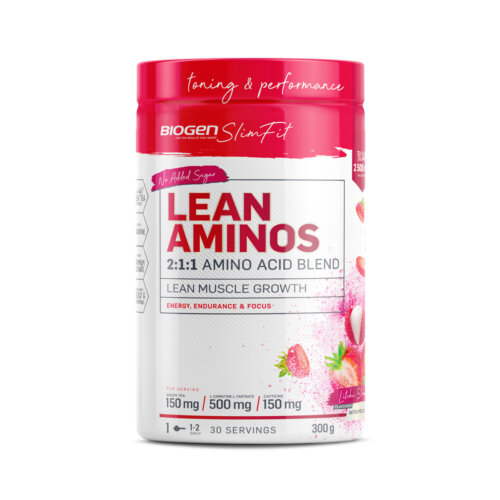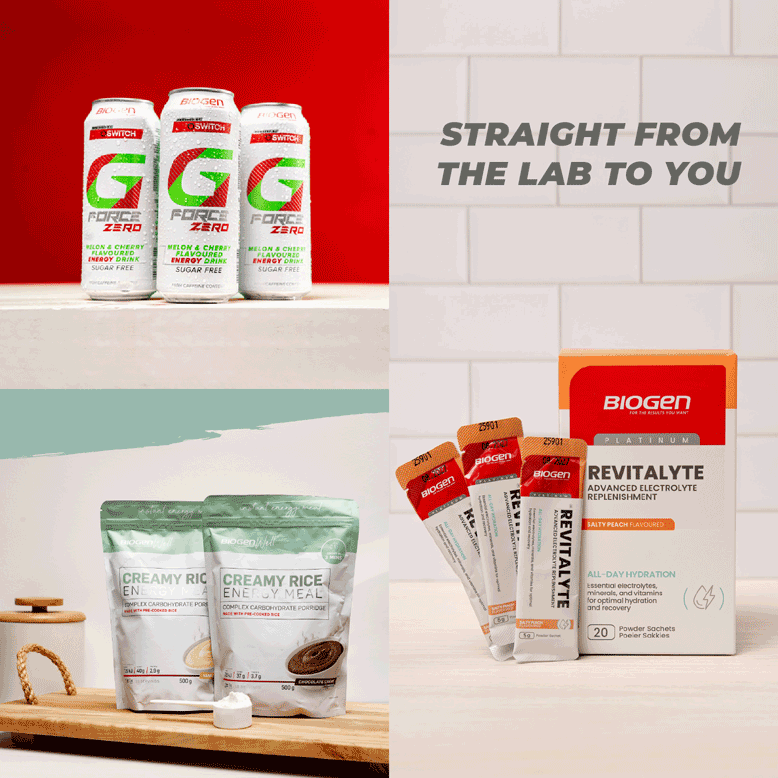
“I know it may seem small and insignificant, but it’s not about what it is, it’s about what it can become.”
Branched, essential, complete, incomplete… there are many types and combinations when it comes to amino acids, but no matter how you get them, these relatively small molecules are by no means insignificant due to the many roles they play in the human body.
A famous quote from Dr. Seuss’s The Lorax sums up amino acids perfectly: “I know it may seem small and insignificant, but it’s not about what it is, it’s about what it can become.”
That’s because all the amino acids (there are 20 standard amino acids) are building blocks. They have different structures and link together in specific sequences to form proteins. The order and type of amino acids determine the unique shape and function of each protein.
This incredible versatility allows proteins to perform numerous tasks within the body. For instance, they act as neurotransmitters, signal hormone release, and form components of various cells and structures like haemoglobin, cell membranes and fibrin (for clotting).
These roles mean amino acids are also closely linked with disease prevention, mental health and the optimal functioning of our internal, endocrine and musculoskeletal systems.
References:
- Jäger R, Kerksick CM, Campbell BI, Cribb PJ, Wells SD, Skwiat TM, Purpura M, Ziegenfuss TN, Ferrando AA, Arent SM, Smith-Ryan AE, Stout JR, Arciero PJ, Ormsbee MJ, Taylor LW, Wilborn CD, Kalman DS, Kreider RB, Willoughby DS, Hoffman JR, Krzykowski JL, Antonio J. International Society of Sports Nutrition Position Stand: protein and exercise. J Int Soc Sports Nutr. 2017 Jun 20;14:20. doi: 10.1186/s12970-017-0177-8. PMID: 28642676; PMCID: PMC5477153.
- Jackman SR, Witard OC, Philp A, Wallis GA, Baar K and Tipton KD (2017) Branched-Chain Amino Acid Ingestion Stimulates Muscle Myofibrillar Protein Synthesis following Resistance Exercise in Humans. Front. Physiol. 8:390. doi: 10.3389/fphys.2017.00390.












